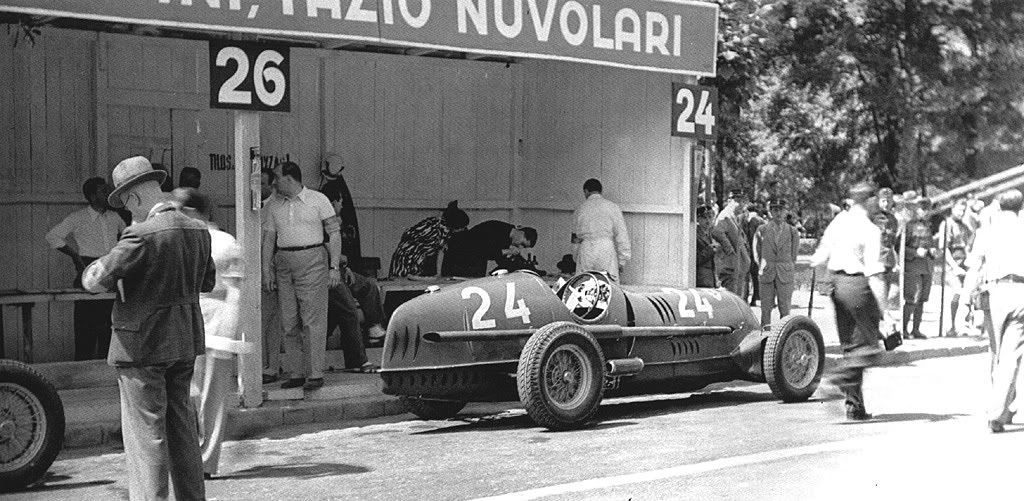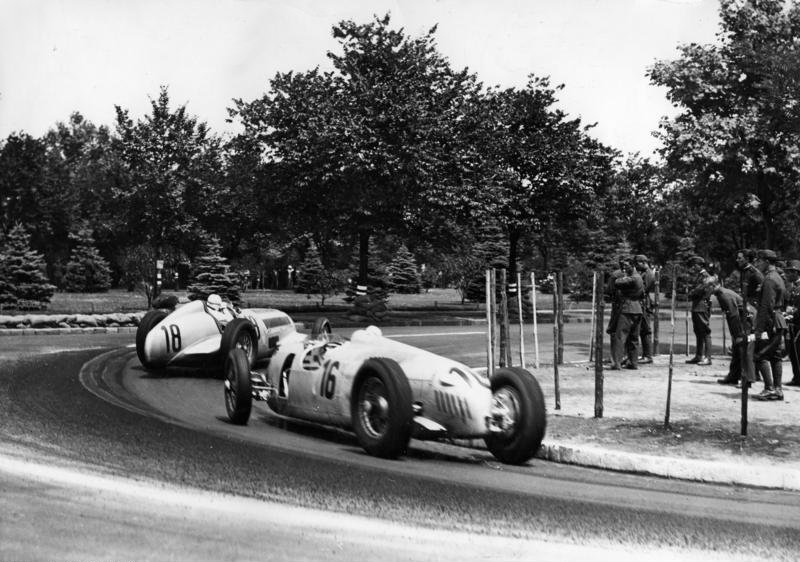*WARNING*
The author of this article has never driven any of these cars and most probably never will. Moreover he has not even seen most of them live. Selection and rank ordering are highly biased, though a huge amount of compromise have been attempted to be involved. Spit and swear at your own risk.
*YOU HAVE BEEN WARNED*
Choosing the best supercars in the world is just a bit easier than choosing
one of your kids not to die on a war field. You won't be forced into such situation with a great chance, but if you were,
what would be your reasoning to save one of them?
Is it the one you love the most?
Is it the one you would spare for the future?
Is it the one you love the least so you can practice grace?
Is it the one you think is the fittest to survive, hence the ultimate son to show around?
These are just some of the many questions that would pop. The answer is in fact
somewhere in-between all of these at the same time. I just love some of the cars, almost without no reason. Some of them are a bit of underdogs. Some of them are obvious, proud choices. And some of them are die-hard, hence successful wannabes.
Let's crank up our ordinals, shall we?
Here we go.
10. Porsche GT3 RS
The
911 has been with us since the dawn of supercars, and it
hasn't changed a bit, it just stayed forever young. The most characteristic features have stayed and got perfected. I mean even Skoda dropped the rear-engine, RWD layout over two decades ago, the new Beetle got a front engine, FWD setup. Porsche, an ultimate supercar, has stuck with their initial, but long time
outdated concept. It is widely argued that German cars are
over-engineered, lack soul, but not this one. The 911 arrives with this design handicap,
struggling to be perfect. And that makes it
more human, more tangible than any other German sports car. Why the GT3 RS? The GT RS-versions still retain the purity the first 911s had with the performance. There was a contemplation whether to choose the GT2 RS, but turbocharging this car is a bit like
racing an almost perfect swimmer in the now-banned Olympic swimsuit with the other ones not wearing it. It just doesn't feel right. So here it is.
9. Lancia Delta S4
I know - it should have been the
Stratos or the
037 at least. That's why I simply didn't go for them. The Stratos is being remade and the 037 was just too beautiful to look at. This, and the
unfortunate timing - arriving at the very end of the Group B era - along with the super-successful successor
Group A Integrale it almost vanishes from common remembrance. The problem is, it was the best Lancia ever made, and the ultimate Group B car at the same time. Thinking back to the Group B era, the
Audi Quattro would pop in as a first image, followed by the
Peugeot 205 T16 and the Lancia 037. Let's make a brief timeline here: Audi starts to fight with 4-wheel drive and turbocharging.
Renault takes a radical step with the
R5 Turbo by putting the engine in the rear, making it a turbocharged, mid-engine RWD car. Enter Lancia, introduces supercharging with its mid-engine RWD layout. Wins WRC, a two-wheel drive car for the last time. Peugeot entwines the Renault and the Quattro idea with the 205 T16: mid-engine, turbocharged 4WD car. Lancia comes once again, finishing off the concept of every Group B cars, adding their own spice:
mid-engine, turbocharged AND supercharged 4WD car. There is no way you can top this. If Group B was the ultimate class in rallying and the S4 was the ultimate Group B car, then Lancia's monster IS
the best rally car ever made that no one seems to remember. So I give it another chance.
8. Lamborghini Countach
Obvoius question:
why not the Miura? Simple answer: more of a classic than a super car. Lamborghini
laid down the basis for every future supercars imaginable with the Countach. Its picture was put on every little boy's wall, its silhouette was put down in every maths notebook. The pushed ahead cockpit for the monstrous engine behind and scissor doors has been an inspiration for everyone attending industrial design school and petrol heads since then.
There is no argument in this. You just have to have a look at it. Speaks for itself. The poster boy that rips your head off by surprise.
7. Honda NSX
The case of Japanese sports cars are very similar to the argument I gave at the Porsche. They are
too perfect, too much functional and sometimes too boring to look at. This is the case with the NSX as well. It has the handicap of limited power due to a gentlemen's agreement between Japanese manufacturers. So they
gave it everything to make it faster around the track. Perfect layout, perfect balance, perfect ride, perfect drive. It was all perfect in every means. The extra ingredient that makes it to appear on the list is one person:
Ayrton Senna himself. The NSX was born in an age and in collaboration of Formula One's true legend in the making. The turbocharged McLaren Honda may not be the most legendary car in F1, but the most successful. And according to figures, Aytron Senna was not the most successful driver in the world (mostly due to his tragic death), but
simply the best. The NSX was made in the spirit of Ayrton Senna.
It had to be a most successful car in order for us to be the best drivers around the track. With Ayrton's
approval. That makes the NSX different to the other perfect Japanese sports cars.
6. Ford GT
The Ford GT comes from
one very simple, but brilliant idea: take a legendary racing car, copy it, and put it on the road. American cars struggle to get into the high class of supercars, but the GT nails it perfectly. The
Corvette arrives from a too much of a street racing, tyre-burning background, and the
Viper is just too raw and impertinent to qualify. Ford simply took its
Le Mans champion car from a legendary age of endurance racing, the
GT40, scaled up a bit to be a bit more consumer-friendly for normal-sized people, and left the rest of it untouched in their basics. There is no trickery or rocket science here. It is a
demand-satisfying vehicle.
Supercars being told pure and simple.
5. Lotus Esprit
I just love Lotus cars. Their
philosophy behind their
engineering is just so purem simple and attractive that cannot be passed by without a note. Lotus is the true
hot rod company in racing. They let everyone else produce parts, choose the best of them, put a car together and throw out everything that would make it just a hint slower
and then some. They add their own engineering experience from F1 and release the car almost as it is. The model that stood up for supercar standards the longest, was the Esprit.
James Bond drove it too, and the basics of the car is just timeless. You would feel a little embarrassed to park an Elise near Ferraris, you wouldn't if you lined up with an Esprit. Cunning engineering, design and cheeky philosophy and its pop-cultural impact make it an awesome supercar worthy to be on the list.
4. Bugatti Veyron
An engineering miracle.
Volkswagen at its best. Make no mistake,
there is very little Bugatti in that car. Sure, it pays homage to the legendary maker every way possible and lavish exclusivity just radiates from its every part. But in the heart, it's
cold, precise engineering. I cannot decide whether it has soul in its true sense. But there is just an unmistakable
presence. Massive power, cold-blooded
marching through space and time. It trespasses every figures, every single automotive achievement. Germany has taken over France building the
4th Reich, planning to take over the motoring world. Fearful machinery, coming from
Bernd Rosemeyer's legacy.
3. Pagani Huayra
Yes, the car has not been out yet. But I believe we can trust it. A trust that it will be even better than the Zonda. The Zonda is a homage to Juan Manuel Fangio and the Sauber Mercedes C9. two legends from very different eras. Its V12 turbocharged engine comes from the endurance racer design and the whole mechanics and layout resembles the Group C racer. But again, in the same spirit as the Honda NSX, another real F1 legend is the inspiration behind it, summing up the legacy of the Argentine Fangio and the silver arrow Benz cars he was driving. Pagani takes it even one step further with the Huayra. Faster, better-looking and more exclusive. The best German supercar the Italians build. A mythical, unicorn car full of soul, merging two legends into one. Too large for life.
2. Ferrari 288 GTO Evoluzione
I have
never made a secret about my affection to the
Ferrari 288 Evoluzione.
Almost any other Ferraris could be put on this list. In fact, all 10+1 positions could be held by Ferraris. But there is a special place in my heart for the Evoluzione. To make it short, it is the
link between the best two worlds of Ferrari. It connects its most legendary breeds -
the GTO and the F-cars. Coming from road racing, the GTO was and is an ultimate choice and pedigree for the task. The 250 may easily be the
most exclusive car in the world, while the 288 is almost surely the
most beautiful Ferrari. The Evoluzione is the missing link between the 288 and the F40. The F-cars were the Group B and F1 successor jaw-dropping track racing cars no other maker could match. Think of the Enzo FXX Evoluzione as the latest and supreme racing car from Ferrari. The DNA clearly came from 288 Evo, the latter still retaining its road-racing legacy. In one sentence, the 288 GTO Evoluzione sums up
Ferrari's best moments. The car may have not turned out to be good looking. I even dare to say that
it is ugly. But ugly in a beautiful way. Because it is
Ferrari in the making. And
creation is beautiful.
1. McLaren F1
You may have guessed it already. And you could come up with important argument points why it shouldn't be no. 1. The reason for it being supreme above everything else is quite clear, though.
No other road car has come closest from Formula 1 as this one. And since Formula 1 is the ultimate form and pedigree of automobile racing and engineering,
there is no argument left. I might have put something else on the top of my own list, but I just couldn't get around facts. The Veyron may be faster, yes. But it feels more like you're commanding WWII rather simply driving a fast car. The McLaren is the closest to F1 experience as you can get, straight from an F1 maker. Everything from the driver's position to the layout and the characteristics of the car screams its origin. And that root is good. The best.
+1. Brabus EV12 'Black Baron'
Without almost any sense, I almost dare to say it:
the Black Baron is one of the best supercars ever made. Brabus takes the
muscle car philosophy and applies it on saloons in
creating supercars. It shares the engine with the Paganis, though Brabus replaced almost everything in it. It has got a top speed higher than a Zonda or a Huayra. In fact, with it's estimated top speed of 370km/h it is
quite close to the Veyron's, making it the
fastest saloon ever built. Just think of it:
A Veyron-fast car with four doors and a proper-sized boot and all the luxury you can imagine. It does everything. You can take prime ministers and their wives along with with their luggage to their hotel from the airport, get on the Autobahn, hunt down Zondas and then go home taking the kids from school. This all for half the price of the above mentioned supercars. And there is the hideous rear-wheel cover. It is at least as bonker as the scissor doors of the Countach, making that extra strangeness necessary for supercars. In my view, it is a true supercar. But it's just
too good to be on the list.
Would you argue? Do it here or on my
Twitter account.




























